

Canker is almost certainly the most challenging tree health aspect of apple production..

Canker can be devastating and is prevalent in most apple orchards, with some varieties very prone; Gala the most popular apple grown in England is particularly prone; Kanzi and Jazz (both have Gala as a parent) are also very challenged by Canker.
Its not just apples; Cherries are also notoriously prone to canker; 'at a summer farm walk around a large cherry growing farm, the grower remarked that he has to replace approximately 5% of the trees every year due to canker infection; with a projected life of 20 years, he said; "that means 'statistically' every tree may be replaced during the orchards lifetime"
Not surprisingly research into overcoming canker is high on the activities of scientists at East Malling Research (EMR) and in similar institutions world wide.
 At the 2017 BIFGA Technical Day in late January, Dr. Robert Saville - Research Leader and Plant Pathologist updated delegates on the research into Canker being carried out by himself and his colleagues at EMR.
At the 2017 BIFGA Technical Day in late January, Dr. Robert Saville - Research Leader and Plant Pathologist updated delegates on the research into Canker being carried out by himself and his colleagues at EMR.
Below - extract from AHDB project into Canker
Neonectria ditissima, the causative agent of European apple canker has been increasing in significance on a global scale. As part of a larger body of work focusing on canker we aim to examine if N.ditissima resides as an endophyte in the host before switching to a pathogenic phase when the host experiences abiotic stress, i.e. during the establishment phase of newly planted orchards
AHDB: Agriculture and Horticulture Development Board AHDB is a statutory levy board and is funded by farmers, growers and others in the supply chain.
Robert Saville reviewed the key factors in canker development:
Inoculum: Conidia, Ascospores
Infection: Wounds, Conditions (wet weather high risk)
Origins of infection: Local Spread, Nursery infection
Host Range: Apple and Pear, Other woody species
Varietal susceptibility: Gala, Kanzi, Jazz (among many)
Losses due to canker: Vigour, Pruning, Tree death, Fruit rot
Robert outlined research into reducing canker within the tree system using injection into sap stream.
Adding impact to his presentation, Robert used an analogy with human injection treatments.

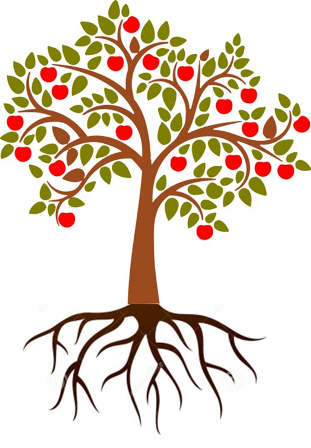
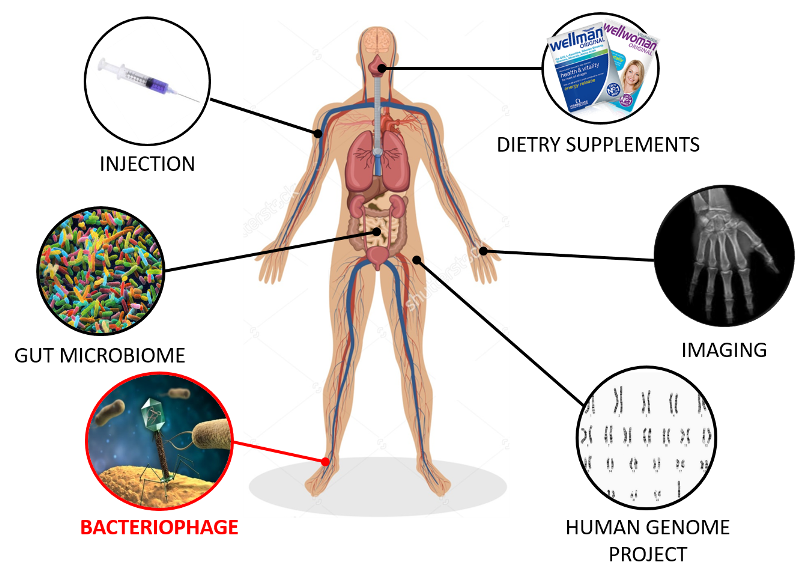
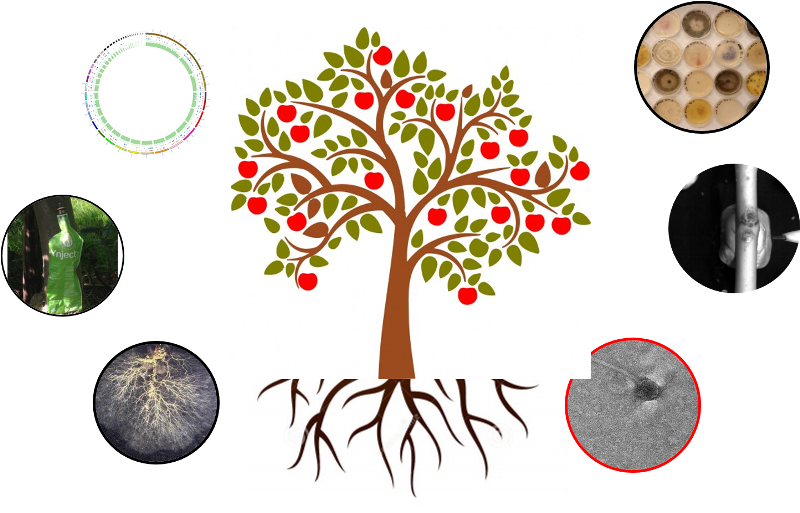
Tree injection systems:
Treatment categories: Fungicides, Biologicals, Defence elicitors, Plant health promoters
Evaluation of biological soil amendments to improve tree health and establishment:
Arbuscular mycorrhiza (AMF)
Plant growth promoting rhizobacteria (PGPR)
Trichoderma
Biochar
Evaluated at two stages;
Nursery phase:
Production of rootstocks in stool bed
Stronger plant - more resistance
Pre-colonised with beneficial
Newly established orchard:
Reduce abiotic stress
Latent infection doesn't express
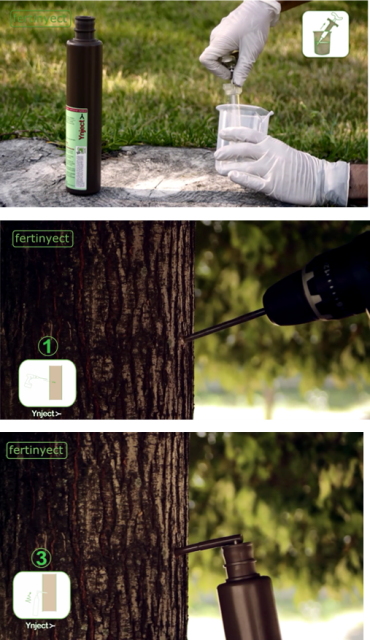
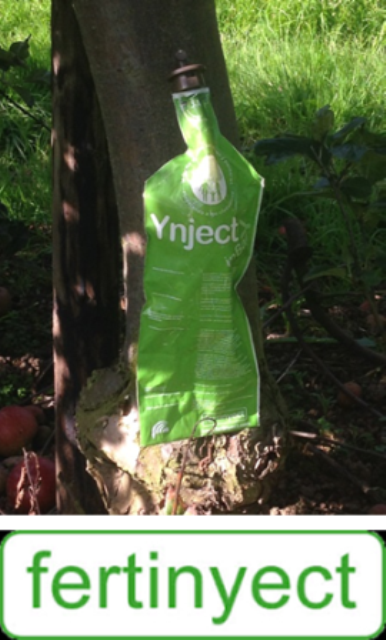
Experiment 1; Curative effects
Robert demonstrated how he measures expansion of existing Canker by select a tree with existing trunk canker, measuring the area, treat and assess the change in lesion area.
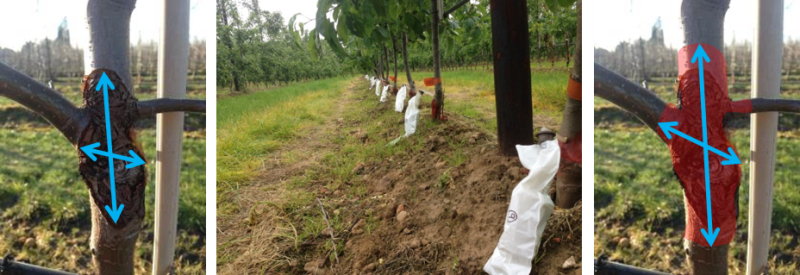
Below: % Increase in Canker Lesion Size (7 months after treatment)
Controls = Orange: Fungicide = Red: Defence elicitor = Blue: Fungicide + Defence Elicitor = Mauve: Biological/plant health promotor = Green:
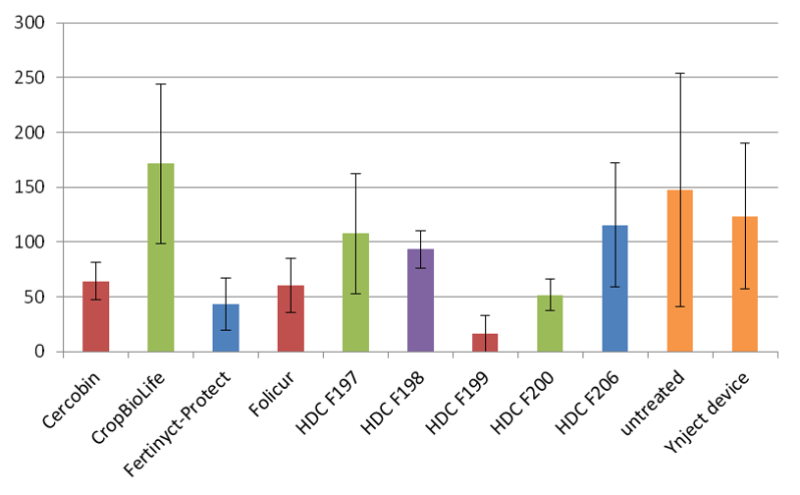
Robert Saville also demonstrated the trial into improving quality of rootstocks.
Below: left; roots treated with mycorhiza before planting - and - right; rootstock stool beds
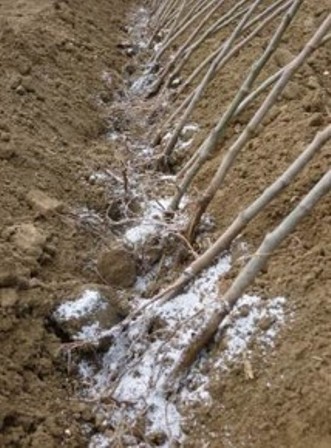
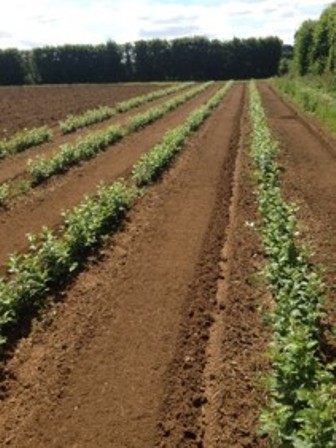
Below: illustration of rootstock 'improvement' programme
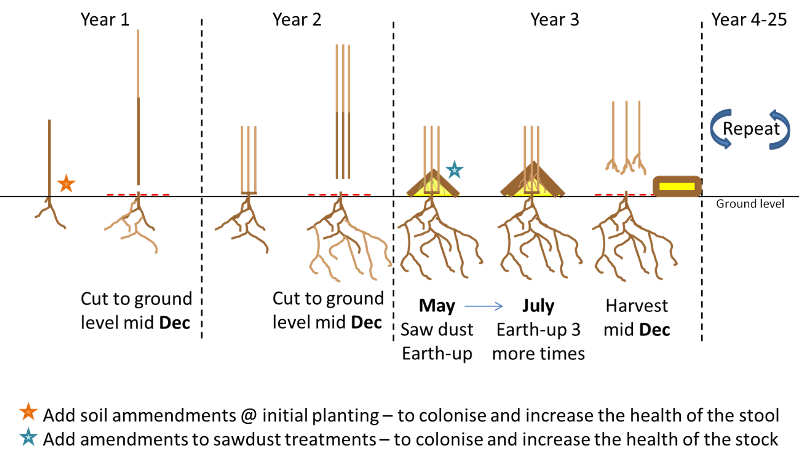
Endophytes = Microorganisms which live within plant tissue without causing apparent disease symptoms - compare with Gut microbes
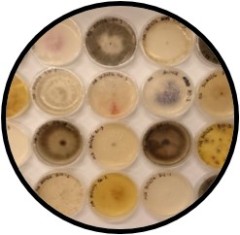
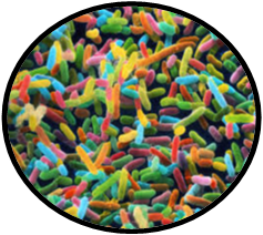
For years we have theorised about how canker gets into our trees: via the nursery? - via the local orchard environment? - From the soil? - we know how the infection is spread in wet conditions, by mechanical damage to trees, leaf abscission etc.
Below: Beneficial bacteria for human use....
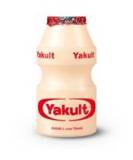 There is a strong possibility that clever young scientists like Robert Saville are 'on the right track' and a better understanding and control of canker is 'on the horizon' - "lets hope so"
There is a strong possibility that clever young scientists like Robert Saville are 'on the right track' and a better understanding and control of canker is 'on the horizon' - "lets hope so"
That's all....until next week...
Take care
The English Apple Man